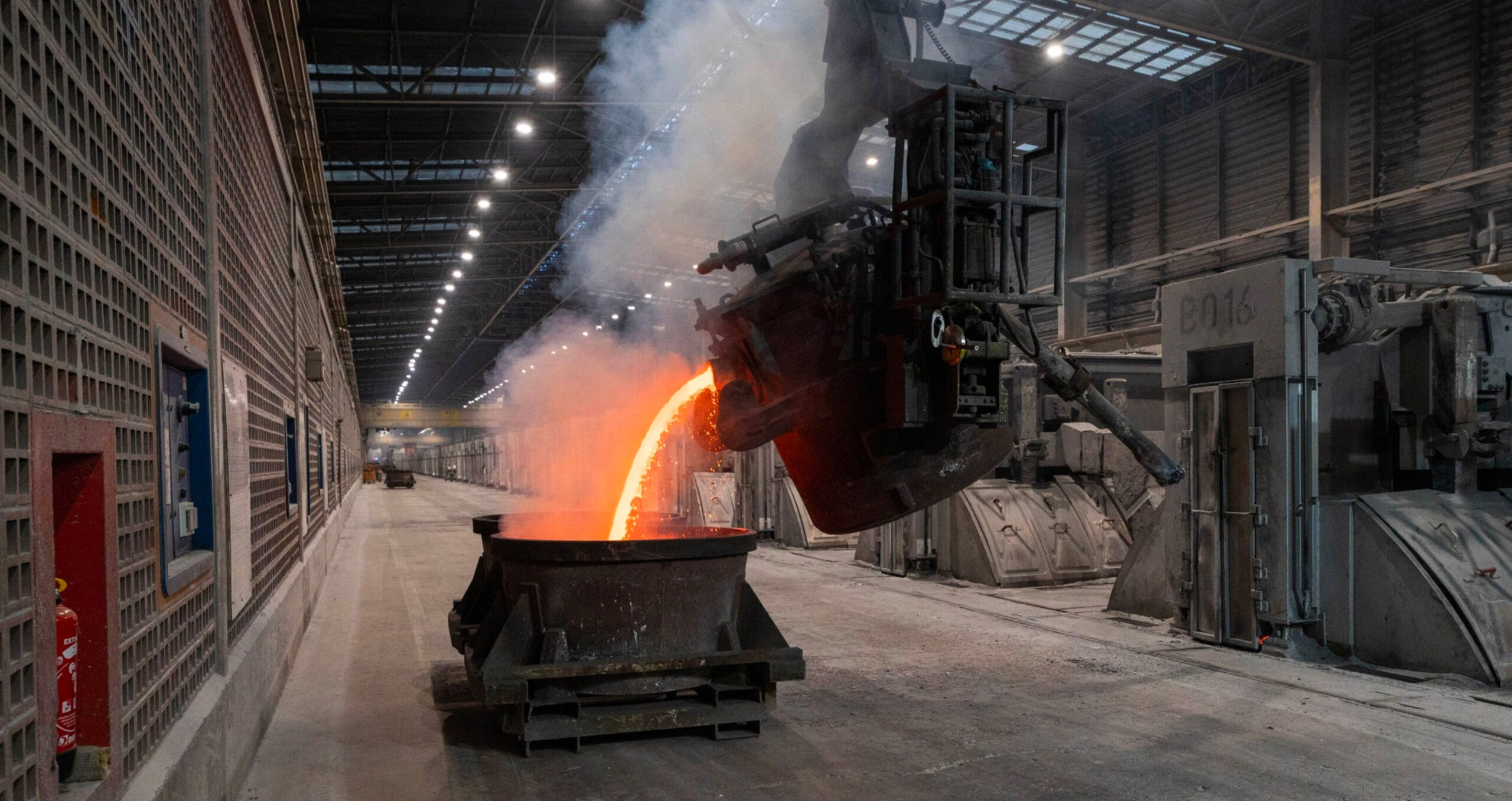
How CBAMs can reduce emissions without causing geopolitical strife

Bernice Lee is Hoffmann distinguished fellow for sustainability at Chatham House and Aaron Cosbey is senior associate at the International Institute for Sustainable Development
Carbon border adjustment mechanisms can be made to work, but there needs to be global agreement on standards and practices
News of the world chalking up another hottest month ever should make it abundantly clear to all but the most stubborn contrarian that its nations need to ramp up their delivery of more ambitious climate action.
While the pathway to implementation is clear for major sources of emissions, such as diesel and petrol-powered vehicles and electricity generated by coal and gas, the road to net zero is far less clear for the sizeable chunk of emissions — over 30 per cent in many economies — produced by heavy industry.
The way ahead for heavy industry is complicated not because we don’t have the technology options, but rather because many of these goods are highly traded. Any climate policies that increase producers’ costs run the risk of them losing market share to competitors that do not face any meaningful carbon price: so-called carbon leakage.
For this reason, the EU has introduced a carbon border adjustment mechanism, whereby importers are subject to the same sorts of climate-related requirements imposed on EU producers. They must purchase allowances for each tonne of carbon emitted in producing the six types of imports — steel, aluminium, fertilisers, cement, hydrogen and electricity — covered by the mechanism.
The UK has pledged to follow suit as of 2027, while other countries are actively exploring the idea, including Australia, Canada and the US.
However, while the theory of the CBAM is straightforward, the practice is devilishly complex. Compliance involves arduous measuring, reporting and verifying of carbon emissions. If multiple regimes demand all this on different terms, to different standards and against different timeframes or reporting years, the result will be a drag on international trade and the benefits it can bring to exporters and consumers alike.
Another problem is that restricting trade may well account for the appeal of CBAMs for some policymakers and industries. It is easy to build a regime of border adjustment that disadvantages imports and unfairly protects domestic producers under the guise of climate protection.
While the EU has sought to avoid this temptation, some legislators have framed the use of CBAMs solely in terms of competitive foreign policy interests. This approach transports them from environmental policy into the fraught realm of geopolitics and North-South division, with knock-on effects for other areas of international cooperation.
Indeed, the EU CBAM has drawn a multitude of negative responses from different parts of the world, from those on the US political right, to developing nations on all continents. Such opposition threatens the viability of the mechanism and may hinder the EU’s climate diplomacy.
Special treatment
Arriving at some form of international agreement on how best to set up a CBAM would help avoid such negative spillover effects. While developing countries in particular have been reluctant to have such talks for fear of legitimising a tool they see as penalising their exports, the prospect is not dead, especially if it includes special treatment for some developing countries. At the World Trade Organization’s recent ministerial conference in Abu Dhabi, more than 20 key developing country members called for intensifying work within the WTO on the design and implementation of trade-related environmental measures.
It is also worth recalling that border carbon adjustment is not the only available policy tool to prevent carbon leakage. Today, the most widely used such tool is special treatment for leakage-vulnerable sectors under carbon pricing regimes (this is the approach that the CBAM is meant to replace in the EU). Other countries, such as the US through its Inflation Reduction Act, are offering companies subsidies to aid the low-carbon transition.
Countries could also agree on minimum carbon intensity standards for the production of some goods. This idea is one possible future for the Carbon Club launched by the G7 last year, which currently has 38 members.
The underlying drivers that give rise to border carbon adjustment are accelerating. Governments must demonstrate that they take seriously the range of policy options for industrial decarbonisation and work quickly to forge international agreement on standards and practices.
Coming to such an agreement will not be easy — and time is not on our side, with the development of overlapping, incompatible schemes a real risk. The EU and other early adopters must work hard to promote it in order to reduce the cost of compliance and stem the tide of protectionism that could thwart CBAMs’ effectiveness as a climate policy tool.
Similar Articles

Editor’s note: inconvenient truths

Editor’s note: winds of change


